Football has some essential rules that keep the game running smoothly and fairly.
While these rules help ensure everything stays competitive and fun for both players and fans, they can sometimes be a bit confusing!
With so many nuances – from player behaviour to match conduct – it’s easy to get lost in the details. But don’t worry; we’re here to break it all down for you.
Offside Rule
The offside rule is one of the trickier parts of the game but is crucial to keeping things fair. It stops attackers from just hanging around near the opponent’s goal, waiting for a pass.
A player is considered offside if, when the ball is passed to them, they’re closer to the opponent’s goal than both the ball and the second-last defender.
A player is not offside if:
- They are in their own half.
- They are level with the second-last defender.
- They receive the ball directly from a goal kick, corner kick, or throw-in.
So, if you’re playing up front, just make sure you’re either behind or in line with the second-last defender when the ball is passed to you, or you might get flagged for offside!
Game Duration
An A-League match lasts 90 minutes, split into two halves of 45 minutes each. If the game is tied and it’s a knockout match (like in the finals), the game can go into extra time, which adds two 15-minute halves. If there’s still no winner, a penalty shootout will decide the match.
Number of Players
Each team fields 11 players, including the goalkeeper. If a team gets a player sent off (red card), they have to finish the game with fewer players, making things even more challenging.
Fouls and Free Kicks
You can’t go around pushing, kicking, or tripping your opponents, or else you’ll give away a free kick. Free kicks can be either:
- Direct: The player can shoot straight at the goal.
- Indirect: Another player has to touch the ball before you can shoot at the goal.
These are great scoring opportunities if they happen near the penalty area.
Penalties
If a foul happens inside the defending team’s penalty area, a penalty kick is awarded. The attacking team gets a one-on-one shot with the goalkeeper from the penalty spot, which is a golden chance to score.
Yellow and Red Cards
Referees use yellow and red cards to keep players in check:
- Yellow card: This is a warning for things like dangerous play or unsporting behaviour.
- Red card: If a player gets two yellow cards in one match, or commits a serious foul, they’ll receive a red card and be sent off. That leaves their team playing with one less player for the rest of the match.
Substitutions
Teams can make five substitutions per match (up from the traditional three, following recent rule changes). Substitutions bring in fresh players, keeping the game fast-paced and giving coaches tactical flexibility.
These subs can be spread throughout the match, including during extra time, but the team must manage them carefully to avoid running out of options before the game ends.
Get your tickets today to see the boys in action!





